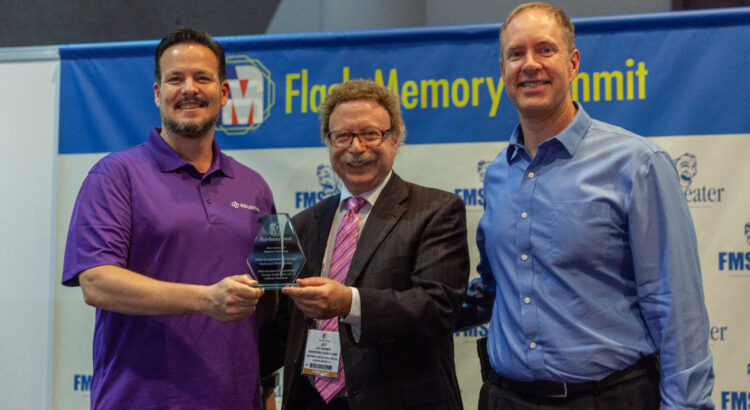
Author: SNIAOnStorage

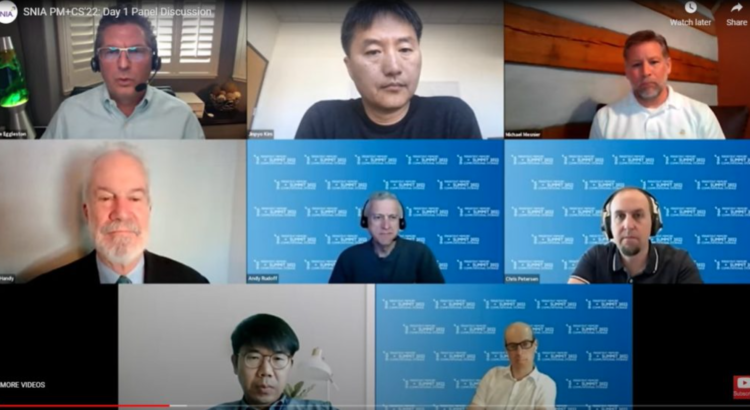
Summit Success – and A Preview of What’s To Come
Recently, SNIA On Storage sat down with David McIntyre, Summit Chair from Samsung, on his impressions of this 10th annual event.
SNIA On Storage (SOS): What were your thoughts on key topics coming into the Summit and did they change based on the presentations? Read More
Storage Edge Use Cases Q&A
Our “Storage Life on the Edge” webcast series continued on March 22, 2022 where our expert panelists, Stephen Bates, Bill Martin, Mayank Saxena and Tong Zhang highlighted several real-world edge use cases, the implications for storage, and the benefits of computational storage standards. You can access the on-demand session and the presentation slides at the SNIA Educational Library. The panel answered several questions during the live event. We only had time to get to a handful. As promised, here are answers to all of them.
Q. I have heard NVMe® is developing an open and vendor-neutral standard for computational storage devices. How important do you think standards like this one are for mass adoption of these types of devices on the edge and why?
Read More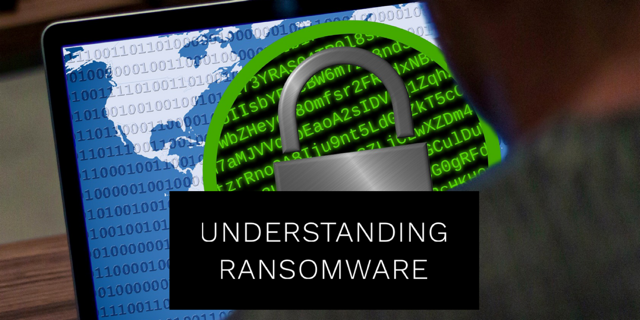
Understanding Ransomware
Ransomware is a malware attack that uses a variety of methods to prevent or limit an organization or individual from accessing their IT systems and data, either by locking the system’s screen, or by encrypting files until a ransom is paid, usually in cryptocurrency for reasons of anonymity.
By encrypting these files and demanding a ransom payment for the decryption key, the malware places organizations in a position where paying the ransom is the easiest and most cost-effective way to regain access to their files. It should be noted, however, that paying the ransom does not guarantee that users will get the decryption key required to regain access to the infected system or files.
Read More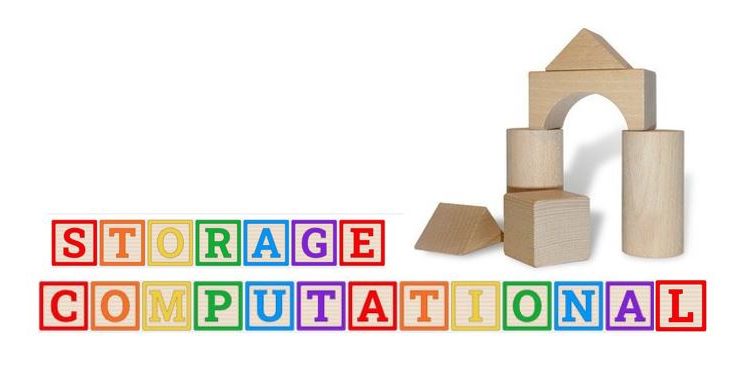
What’s New in Computational Storage? A Conversation with SNIA Leadership
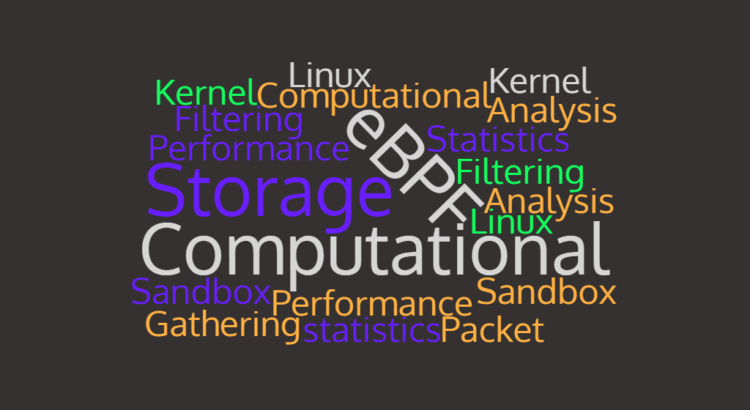
What is eBPF, and Why Does it Matter for Computational Storage?

Continuing to Refine and Define Computational Storage

Reflections on Computational Storage
As a year we will never forget drew to a close, SNIA on Storage sat down (virtually of course!) with Computational Storage Technical Work Group Co-Chairs Jason Molgaard of Arm and Scott Shadley of NGD Systems and Computational Storage Special Interest Group Chair Eli Tiomkin of NGD Systems to take the pulse of 2020 and anticipate 2021 computational storage advances.
SNIA On Storage (SOS): Jason, Scott, and Eli, thanks for taking the time to chat. Where was computational storage 12 months ago and how did it progress in 2020?